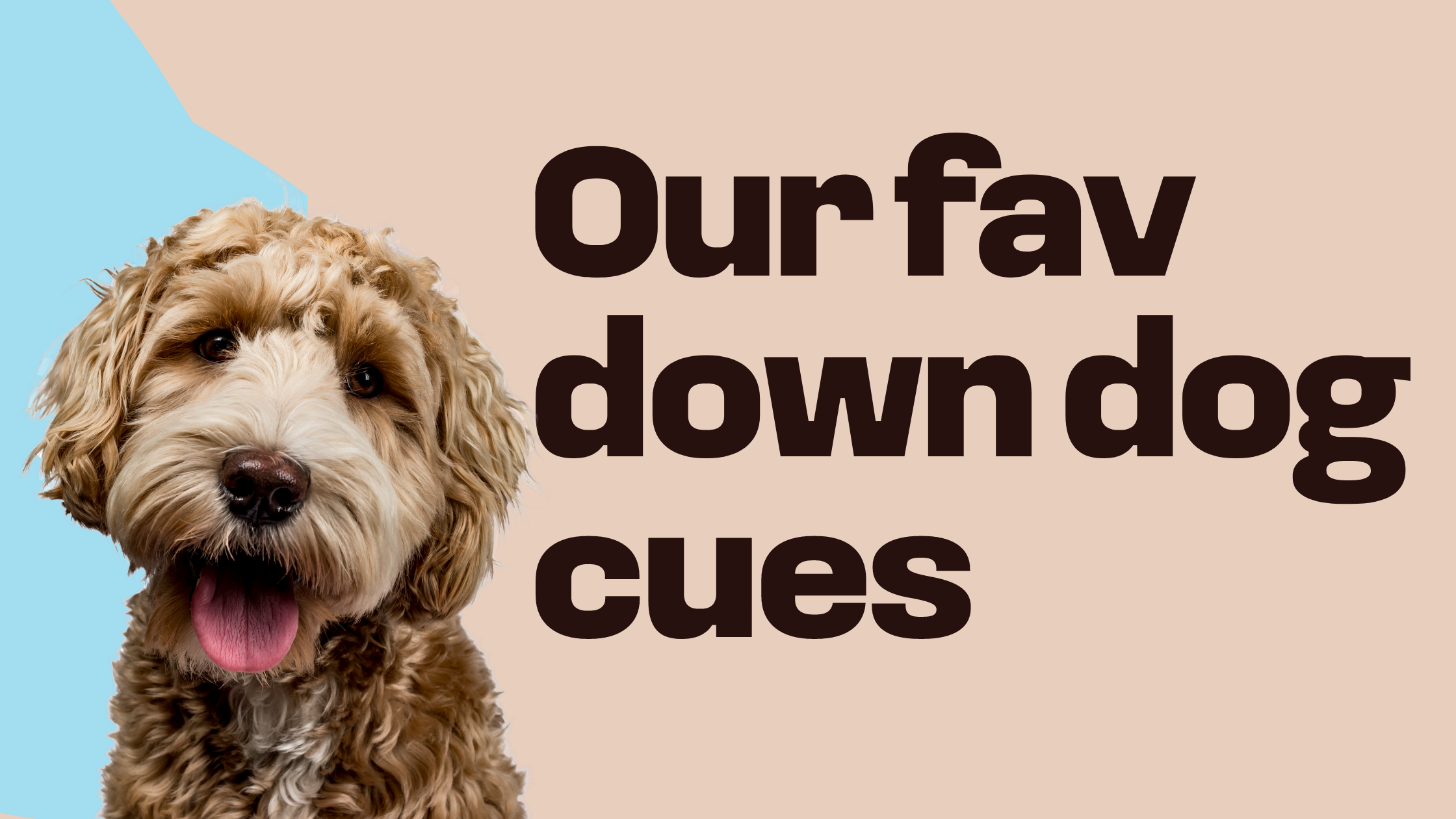Downward Facing Dog or Adho Mukha Svanasana is one of the most recognisable postures in yoga – it is a shape synonymous with the practice and in a modern Vinyasa practice it is the gateway through which we reach many other postures. For many of us this pose brings challenges- and while some yoga teachers refer to it as a ‘home base’ or a ‘resting pose’ it can often feel anything but that.
Downward Facing Dog is great for:
Opening and strengthening the shoulders and upper body, stretching the hamstrings and calves, toning the legs, and Circulatory health.
Downward Facing Dog– one of the first postures we come to in most classes can take years to refine. Sometimes the cues you hear can sound like they are at odds with each other; how can you soften and firm at the same time right? In “down dog’ we are establishing the quality of sthira (strength or steadiness). We can then use this sthira to create sukha (ease or spaciousness). A posture needs both attributes to have integrity and balance.
If you suffer from any of the following conditions talk to your teacher about modifications:High or low blood pressureAcid refluxHiatal herniaHistory of strokeSerious shoulder injuryGlaucoma
To help you on your journey to the balance between steadiness and ease we’ve gathered a few little nuggets of wisdom from some of our teachers that might just help you towards enjoying this posture.
GEORGIA
Down dog is so hard to cue. I find through patience & listening over time the pose reveals itself… but in saying that; the first tip I would always give is: Spread your fingers, claw through your fingertip, and press down through knuckles and palms evenly. Lengthen arms, and release tension in the neck.
ZOE
Press your hands evenly into the mat and connect the base of the first finger and then gently connect all the fingertips as well. Draw the lower ribs in and broaden through the collarbones. Draw energy up from the connection to the earth on your hands, up along the spine and send the tailbone high. Allow energy to move down the backs of the legs and let the heels descend. If the heels don’t reach the mat, that’s fine, just soften the knees and keep drawing low ribs in. Within the stability you’ve now set up for yourself, breathe and relax into the pose.
JO
To avoid ‘dumping’ into the wrists and shoulders make the arms active by pressing hands into the mat and hugging thumbs into midline then broaden the collar bones and wrap triceps towards ears to create space between the shoulders!
SALLY
Firstly – let the gaze be steady and towards the legs. This is a posture about steadiness and stability. The eyes are the window to your practice. If the gaze is going everywhere chances are you are not present and focused. Being focused allows you to discover the subtle changes you can make to ensure the posture becomes accessible to you. Secondly, feel for the palm of the hand to be engaged. The hand is NOT flat – I like to imagine a baby butterfly under my palm that I don’t want to squash (I’m not joking). Oh, and don’t ever think that your tailbone can be too high.
RICHARD
- My down dog checklist is as follows.
- Hide the heels behind the toes.
- Tail bone towards the ceiling.
- Hands roughly shoulder width apart
- Wrap the triceps in and under.
- Nod some ‘yeses’ shake some ‘nos’ relax the neck.
- Knees can be bent and heels can be off the mat but you are still trying to energetically draw the heels down and keep the tailbone high.
CLAIRE
My favourite cues for the Down Dog:
Press into the ball of the index finger, engage through the inner arms and roll the shoulders away from the neck. And…. Bend the knees and lift your sit bones towards the sky. Give the hamstrings time to warm up, worry less about having straight legs and heels to the earth, but rather focus on having a long spine.
So there you have it…. Some little nuggets from your favourite teachers. Hopefully, one of these will help you find a way to enjoy your Downward Facing Dog. Finally- always remember that your posture is always going to look different from the person next to you and that judging and comparing is never ever the way to actually practice this thing called yoga.

